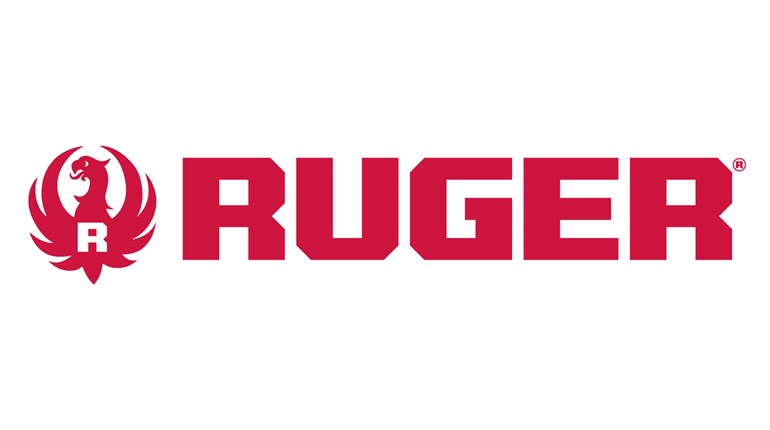Firearm: Ruger LCP II Lite Rack (MSRP: $409)
Okay, right off the bat, we’re going to agree with you: .22 LR is not the ideal personal-protection round. For any number of reasons, from limited grip strength to recoil aversion, some folks may consider options like Ruger’s LCP II Lite Rack in .22 LR. Recent developments in defensive .22 LR ammunition – specifically, Federal Ammunition’s new 22 Punch – make the rimfire round more suitable for defensive use. This new offering presents consistent ignition, faster velocity and solid projectiles that redefine .22 LR as a defensive option.
If the reason one is looking at .22 LR has to do with grip strength, the Lite Rack system offers a reduced weight recoil spring and cocking ears at the end of the slide to assist in charging the pistol. The light weight and small size of the LCP II that make it easy to conceal also make it harder to control in centerfire versions; the lessened recoil of the .22 LR round makes this far more pleasant to shoot. In normal times, too, it’s much less expensive – so it’s worth having one on hand for training alone.
There’s another use for the LCP II in .22 LR, though, even if you’re not recoil-averse or have limited strength. As a backup gun, the LCP II is everything you’re looking for: small, thin, light and easy to conceal pretty much anywhere. Toss it in an ankle holster as a hedge against the unlikely, or simply keep it in the front pocket of that heavy winter jacket as an immediately accessible “front up” to buy time to access your main pistol.
Whatever the reason, Ruger’s LCP II .22 LR pistol presents a small, lightweight option that can be operated by folks that might have trouble with more powerful centerfire pistols of similar size. Identical in size to the .380 ACP variant that’s been around for well more than a decade, holsters and other gear are plentiful. With the .22 LR chambering, though, it’s an easier-to-handle option that’s cheaper to shoot – which means you’re more likely to practice with it. No matter who you are, that’s a good thing.
Holster: Blue Force Gear UltraComp Pocket Holster (MSRP: $15.95)
We’re tailoring the holster on this kit to the backup role of the LCP II with the Blue Force Gear UltraComp Pocket holster. Minimalist construction using the company’s proprietary material makes it the thinnest holster on the market, weighing in at a scant half an ounce. Combined with the LCP II, the total weight is less than 12 ounces unloaded. The UltraComp includes a wing that helps keep the holster in the pocket on the draw.
It does bear repeating, though, on pocket-holster carry: Don’t put anything else in the pocket you use for your holstered firearm. While the likelihood is quite small, there’s still a non-zero possibility that anything else in the pocket could come in contact with the trigger area, especially in a cloth holster. Kydex and leather are far less likely, but even then, it’s good practice to limit what’s in that pocket to just the firearm and holster. In the case of the LCP II, there’s a manual safety that can also be employed to reduce the chance of accidental discharge to essentially zero. Just make sure you practice engaging and disengaging the safety as part of your normal practice.
Knife: CRKT Sketch (MSRP: $39.99)
Since we have a minimalist firearm and holster combination, we wanted to keep the same streamlined approach to the pocketknife. CRKT’s Sketch fits this perfectly, with a 2.9-inch, 8Cr14MoV steel blade, satin finish and what CRKT calls a K-Tip blade style. While this model has polymer scales, other models have stainless handles for greater durability.
The blade on the Sketch opens via a thumbhole, making for clean lines and less weight than studs or projections. It’s still quite easy to open and close with one hand, and the steel is similar to AUS8 steel in that it is tough and holds an edge well. Don’t let the low MSRP fool you – the Sketch is a well-made pocketknife.


























